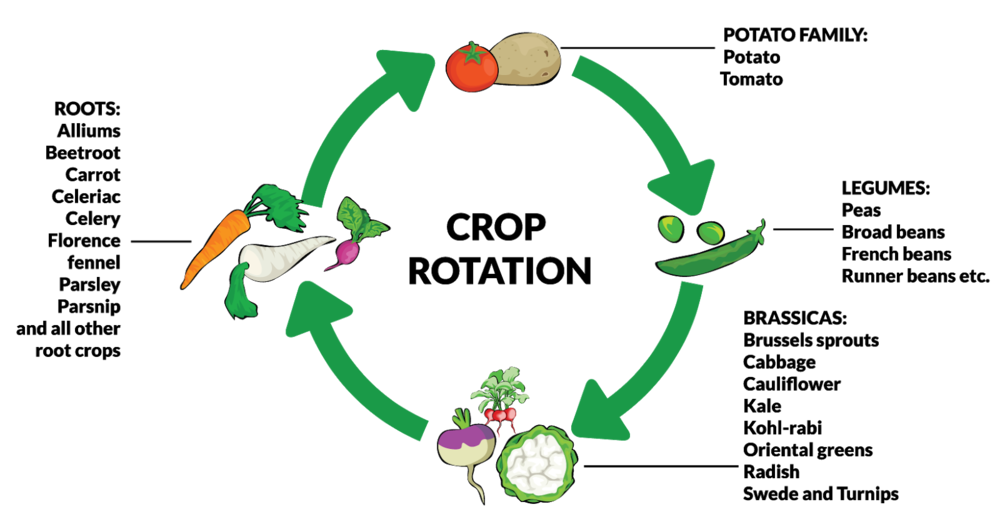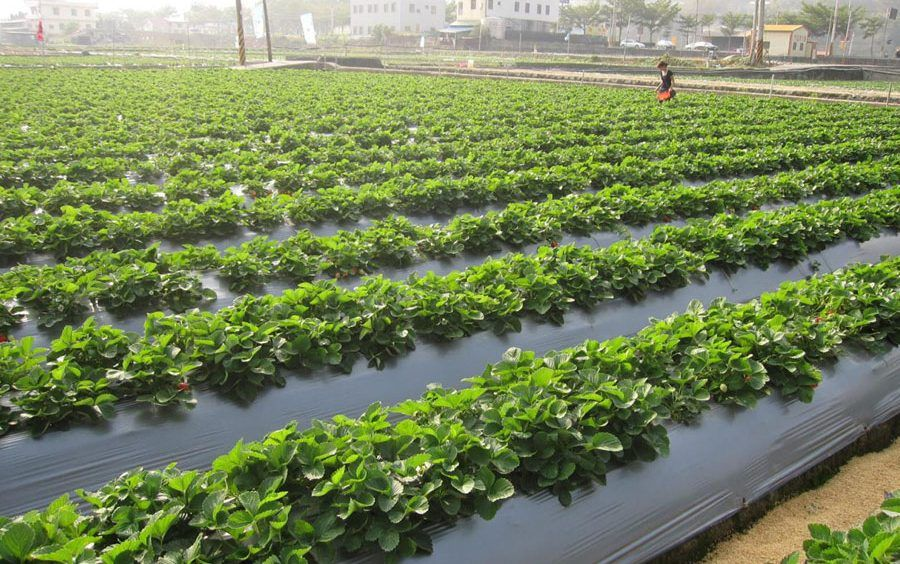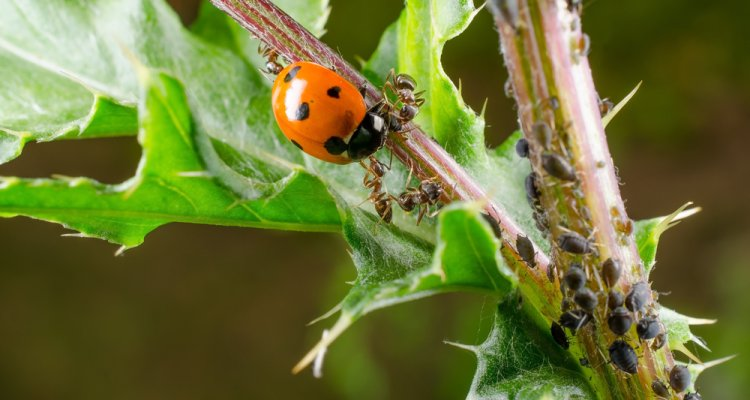What Is Integrated Pest Management And How Effective It Is In Pest Control?
IPM or Integrated pest management is the system where you can solve the problems related to pests while minimizing the risk to people as well as the environment and focuses mainly on long-term prevention of problems related to almost all pests.
Why IPM and How Does it Work?
In recent years the green revolution has resulted in excessive usage of pesticides. The pesticides in-turn have resulted in significant effects on people's health and environment. In addition it lead to several other problems like high cost, toxicity to natural enemies, groundwater pollution, and excessive usage of pesticides has also resulted in development of resistance by pests against pesticides due to which it becomes tough to control every new generation of pests since the pests pass the resistant traits to their offsprings, hence there is a need for long-term control of pest population through natural methods.
With IPM it is possible to keep the pests from becoming toxic to the field, in order to achieve this, there are certain measures which are to be taken by the farmers which include different biological principles and could be achieved solely with utmost patience as well as attentiveness, what so ever the principle may be, the only aim is to create the conditions which are unfavourable to the pests.
Main principle involved in controlling the pest population is to look at the environmental factors which affect the pests and its ability to thrive in the conditions.
ALSO READ: IMPORTANT BIOFERTILIZERS AND THEIR USAGE IN DIFFERENT CROPS
Objectives of IPM:
There are six main principles or objectives which are combined to create an Integrated pest management system, The six components are common for all IPM practices However, the situation and mode of application is different for different pests:
- Identification of pests
- Monitoring and assessing pest population and the amount of damage caused
- Guidelines on when the management action is put forward
- Preventing the pest infection
- Using a combination of biological, cultural, physical/mechanical and chemical management tools
- After action is taken, assessing the effect of pest management
Identifying the Pests:
Knowing if a pest is likely to become a problem and selecting the appropriate management strategy begins with accurately identifying the pest, It is important to know if the crop is suffering from a deficiency symptom or a disease or it has been infected by the pest, for an easy identification and symptoms of damage for any given crop refer crop advisory section in Jai ho kisan app
Monitoring the Field for Pest Population:
The greatest and most rewarding gift you can offer to your field is proper care which refers to Monitoring or scouting. Monitoring is the close examination of crop fields for detecting pest population and the extent of damage caused. This will provide farmers a chance to identify which method of IPM has to be applied to get better results.
While monitoring the field you have to look for the following symptoms like webbing, chlorosis, stunted growth, necrosis or any other powdery residues which may be present on the leaves, accordingly after a conclusion, any of the IPM methodss are implemented.
Sticky traps work effectively in monitoring pests in the field. It becomes easy to identify the intensity of pest population in the field through installing sticky traps in the field
Guidelines for the Management Action Needed:
Best management methods for individual crops are outlined in IPM guidelines which are given by extension officers or the IPM consultants, these guidelines are given in a way where they are applied to a particular pest on a particular crop
Farmers can use the IPM guidelines as a checklist to evaluate their on-farm pest control operations.
Prevention is Always Better Than Cure:
Rather than treating a pest, IPM always attempts to prevent the pest, Adequate prevention involves the application of a number of principles.
Combination of Various Management Tools for Effective Results:
The most effective and a long term way to manage pests is by using a combination of methods that work better together than used separately, Pest management strategies are often categorised into the following types :
- Cultural Control: Cultural control refers to any alteration to the crop production system in order to reduce the chances of pest establishment or avoid the injury of pest to the crops. Changing irrigation procedures, for example, can help reduce pest problems because too much water can promote root disease and weed growth, other cultural approaches include ; border cropping, crop rotation, maintaining field sanitization.

Crop Rotation (Cultural control)

Mulching (Physical control)
- Physical or Mechanical Control: Physical or mechanical control measures involve directly destroying the pest by killing it or making the conditions unfavourable for pest growth. Examples for mechanical control include procedures like using mulch sheets to suppress weeds, soil sterilization, and using traps to kill rodents .
- Biological Controls: Biological method of pest control involves using natural enemies like the predators, parasitoids, pathogens and competitors for killing the pests. Biological control method involves three steps and include :
- Importation or the introduction : Refers to the introduction of natural enemies in the conditions of pest attack
- Augmentation or the induction : Augmentation refers to the induction of natural enemies in larger amounts.
- Conservation: Conservation is the measure where the natural enemies are protected and conserved in the crop production system

Ladybird beetle feeding on sucking pest (Biological control )

Chemical control
- Chemical Control: Chemical control of course involves utilization of pesticides, In IPM, pesticides are only used when needed and in combination with other approaches for more effective and long-term results, here, the pesticides selected and applied in a way that they do not cause any harm neither to people nor environment
ALSO READ: TOP 10 AGRICULTURE PRODUCTS WHICH INCREASES THE EFFICIENCY OF FARMING IN 2022
Pest - control measures in recent times are mostly based on the use of chemical pesticides, the majority of which must be imported. High yielding cultivars shows that many more pesticide applications are required for healthier growth and development of a crop, it costs very high to the farmer if pest management is solely dependent on the use of pesticides besides causing a negative environmental effect, as a result, the time has come when Integrated Pest Management is not only recommended, but also required. IPM is an extremely large sector and contains many components. Many methods are not necessarily suitable to everyone in practise, However, better results are obtained only by following IPM guidelines for any given crop. IPM is practiced mostly in organic farming, for more information about organic farming, download the Jai Ho Kisan app, Jai Ho Kisan is the mobile application envisioned to help farmers in getting better yields.